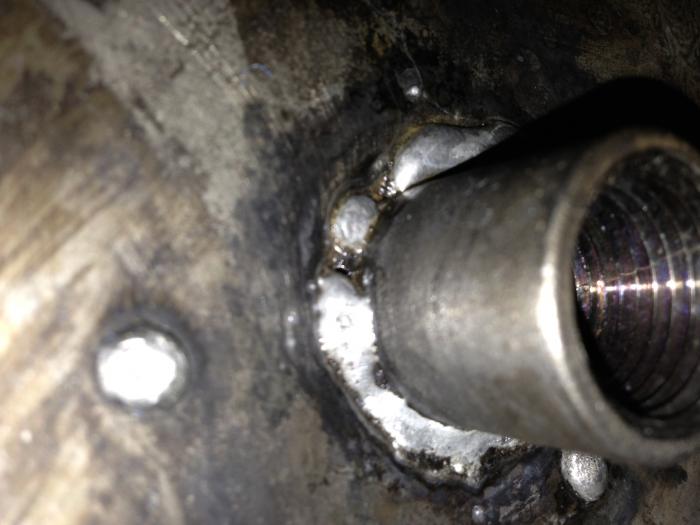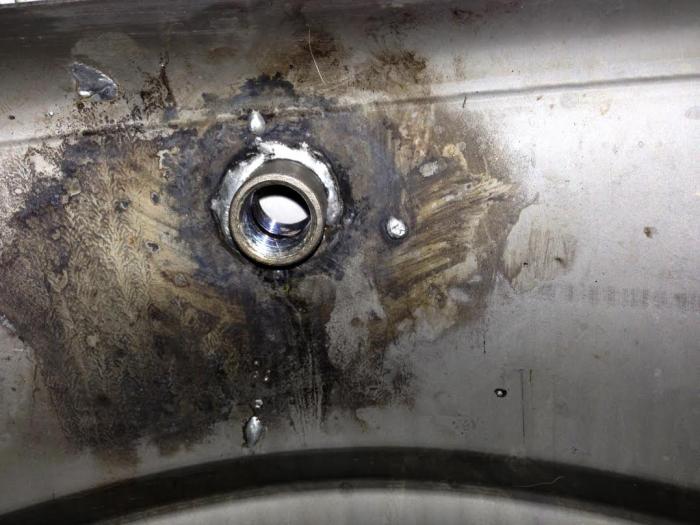jasonbickford
Member
- Joined
- Apr 2, 2013
- Messages
- 18
- Reaction score
- 4
My brew partner and I decided to silver solder our kegs. The first joint came out horrible... Its got a lot of big blobs of solder and there is kind of a small "cavity" in it. We haven't water tested it to see if its water tight yet. The rest (we did 8 total) turned out really nice and all look great.
I think we didn't use enough flux, and overheated the coupling instead of the general area.
Does anybody have any experience trying to "re-do" a silver solder coupling joint?
I'm wondering if I can get the solder flowing, try to wick it away or suck it out, sand everything, re-flux, and re-solder.
Thanks guys!


I think we didn't use enough flux, and overheated the coupling instead of the general area.
Does anybody have any experience trying to "re-do" a silver solder coupling joint?
I'm wondering if I can get the solder flowing, try to wick it away or suck it out, sand everything, re-flux, and re-solder.
Thanks guys!





